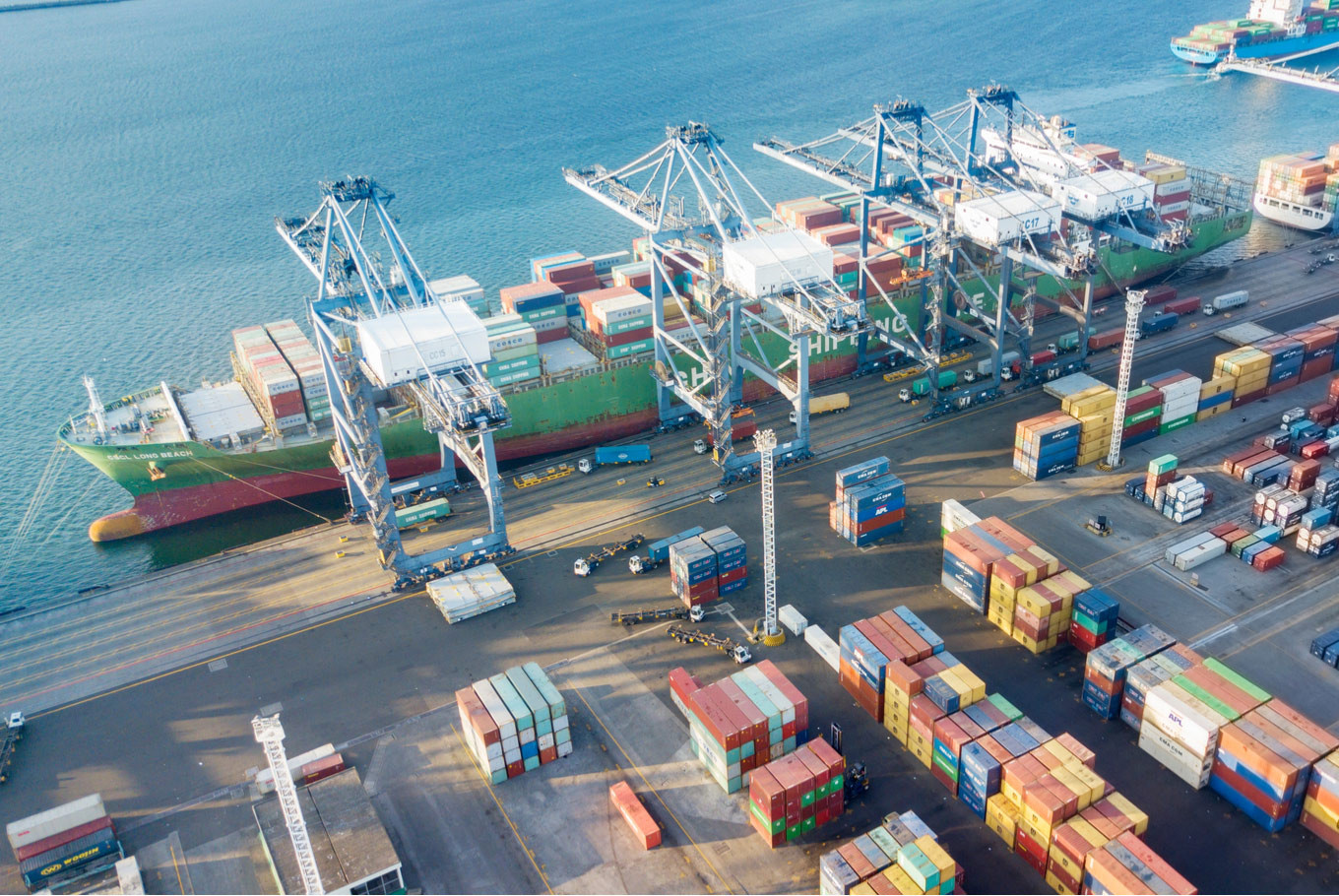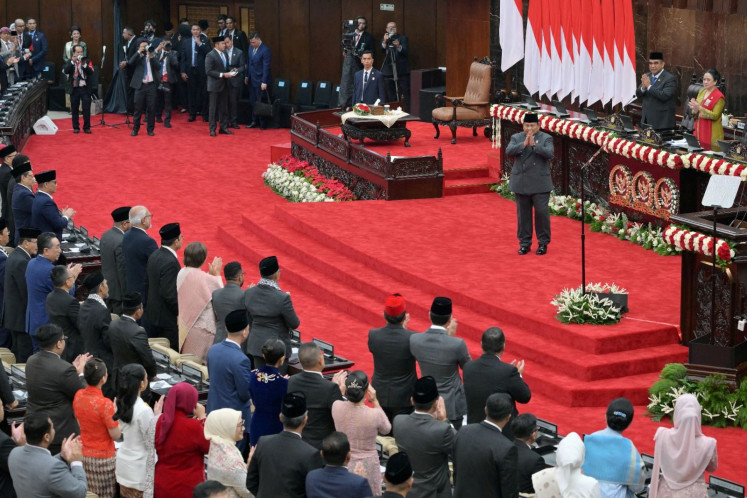Popular Reads
Top Results
Can't find what you're looking for?
View all search resultsPopular Reads
Top Results
Can't find what you're looking for?
View all search resultsSmart ways to decarbonize supply chain and logistics with AI
Intelligent logistics solutions allow delivery managers to configure and prioritize eco-friendly modes of transportation for short-distance deliveries.
Change text size
Gift Premium Articles
to Anyone
G
lobal supply chains are in desperate need of building agile and resilient operations. A series of disruptions during the last two years reveals many shortcomings of complicated and archaic systems.
However, erratic weather patterns and rising mercury levels bring our attention to a critical issue.
Climate impact has put many countries at risk, especially Southeast Asia, with most of its area lying in coastal regions and lowlands. The Philippines and Indonesia are especially vulnerable to tropical storms and rising sea levels.
As per Statista, the Asia Pacific region produced 17.74 billion metric tons of CO2 in 2021 — more than the combined emissions of all regions. Southeast Asia’s historical lag in climate action and policy-making could shrink its economy by 11 percent by the end of the century.
Transportation accounts for 24 percent of global CO2 emissions, and 30 percent comes from trucks carrying freight. Much needs to be done by each Southeast Asian country to offset climate change and take collective steps toward a more sustainable supply chain.
While there is consensus to make supply chains greener, as 78.7 percent of Southeast Asian countries believe this can help reduce carbon emissions, the proactive action has not quite materialized.
Green logistics facilitates sustainable logistics operations by reducing energy consumption or using alternative energy sources for logistics processes across various logistics legs. For instance, using an electric fleet for deliveries could significantly curb carbon footprint.
Order consolidation is another way to reduce emissions by bundling multiple orders from the same customer into one carton so that they can be delivered on a single trip. This also lowers the consumption of cardboard, bubble wrap, foam peanuts, air pillows, and other packaging materials.
So, what else can logistics-powered businesses do to execute green deliveries?
Embedding climate-conscious practices while building digital tools can reduce environmental impact and raise business efficiency. Here’s how smart logistics management platforms can help.
First, optimizing routes to curb carbon footprint.
A smart logistics management platform digitizes product journeys, allowing businesses to gauge areas where logistical inefficiencies can be tamed. Digital documentation eliminates paper trails. Artificial intelligence (AI) and machine learning (ML)-powered route planning and optimization engines chalk the most efficient travel route across multiple touchpoints throughout logistics operations.
Efficient routes result in lesser time spent on the road. This is critical to curbing the last mile inefficiencies, a pain point of 61 percent of transportation and logistics organizations globally.
By extending predictive visibility in terms of estimated time of arrival, real-time tracking of delivery progress, and flexible deliveries that allow customers to reschedule the delivery to their preferred time slots, logistics stakeholders will maximize the success rate of the first attempt delivery and reduce multiple attempts, trip volumes and CO2 emissions.
Intelligent logistics solutions also allow delivery managers to configure and prioritize eco-friendly modes of transportation for short-distance deliveries. Leveraging this pre-fed logic, the system auto-allocates bicycles, electric vehicles, or autonomous vehicles to execute deliveries within a small radius.
Second, enhancing address quality to reduce returns.
Poor quality address or driver’s inability to navigate to the customer location on time is a big concern for businesses. This is because it leads to greater fuel consumption and CO2 emissions. Moreover, 51 percent of shoppers go for returns if their order doesn't arrive on time, which puts all the logistical efforts to waste.
Geocoding helps convert poor-quality addresses into exact coordinates. This shows up as a clear polyline on the driver’s mobile app leading them to the exact customer location.
Third, improving capacity utilization.
Another method to enhance delivery performance is automating capacity planning. AI-powered logistics management tools leverage intelligent algorithms that seamlessly club consignment and vehicle data. They can optimize a vehicle’s capacity by considering parameters such as delivery location, weight, volume, storage type, etc., which helps improve fleet capacity without hampering mileage or vehicle life as it runs on optimum load. It thereby increases vehicle capacity utilization by 31 percent.
Fourth, clubbing orders to reduce trip volumes.
AI-driven logistics management platforms improve delivery productivity by enabling multi-stop pickups and deliveries for drivers on a single trip. En route order clubbing smartly combines pickups and drops to reduce trip frequencies and improve driver productivity by 14 percent.
Fifth, drive sustainable cross-border logistics.
Smart logistics management platforms help cross-border logistics stakeholders gain visibility of a shipment's carbon emissions even before it commences its shipping journey by gaining critical knowledge of tank-to-wheel and well-to-wheel CO2 emissions. Intuitive sustainability dashboards help logistics stakeholders monitor emissions across a shipment's lifecycle and unearth areas that need immediate attention.
Such platforms empower businesses to reduce miles traveled, shrink returns, eliminate empty miles and vehicle idling, and enable greater rider productivity. By using technology-powered logistics strategies, businesses can reduce shipment returns by 18 percent.
Three factors will drive businesses in Southeast Asia to channel greater focus on sustainability — global and UN regulations around emissions, cost optimization, and a push from customers. By embracing smart technologies, businesses can also play a vital role in making a positive long-term ecological impact.
***
The writer is chief operating officer and cofounder of Shipsy.











